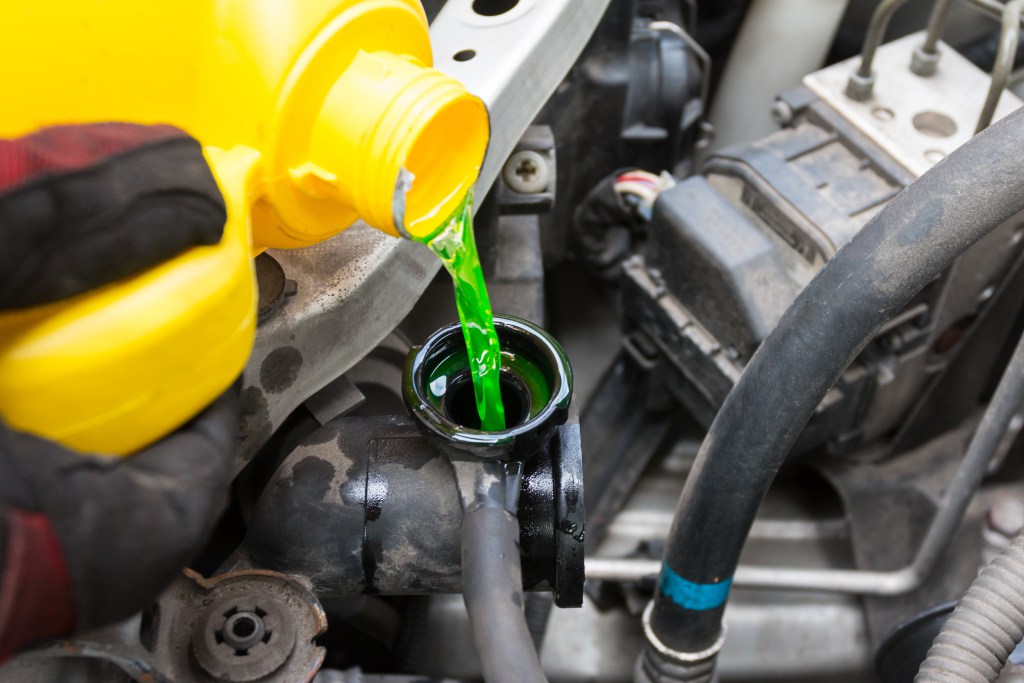Why is there Sludge or Slime in my Radiator? John Baker|Aug 24, 2018 9:28 AM Cooling-system issues account for nearly 40 percent of engine failures. Clearly, it pays to take care of your vehicle’s cooling system. Sludge/slime are one of the common symptoms of larger problems. Left unchecked, it’ll plug the radiator, heater core or […]
You are browsing archives for
Tag: transmission fluid
How Does a Dual-Clutch Transmission (DCT...
The Function of a Dual-Clutch Transmission Market Technology before it’s ready! John Baker|Jan 02, 2020 11:43 AM A dual-clutch transmission (DCT) is synonymous with high performance. Compared to a traditional automatic transmission, it delivers… Faster, smoother shifts Increased fuel economy Improved performance Surprise breakdowns (well they’ll solve that soon) Although the DCT transmission dates to […]
What Motor Oil is Best for Winter? (And ...
The Best Winter Motor and Transmission Oil Choice John Baker|Feb 15, 2019 10:00 AM Synthetic oil is best for winter. We’re done here. If only it were that simple. But most people want empirical data to support such claims. Well, take a look at the video. We cooled a conventional 5W-30 motor oil and AMSOIL Signature […]
Automatic & Manual Transmission Fluid: W
Automatic Transmission Fluid & Manual Transmission Fluid: What’s the Difference? John Baker|Apr 09, 2019 11:06 AM Back in 2006, original equipment manufacturers (OEMs) offered buyers the choice between an automatic and a manual transmission in 47 percent of new cars. Fast forward to 2018, when only 2 percent of vehicles sold had a manual transmission, […]



